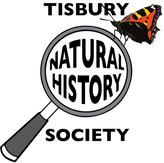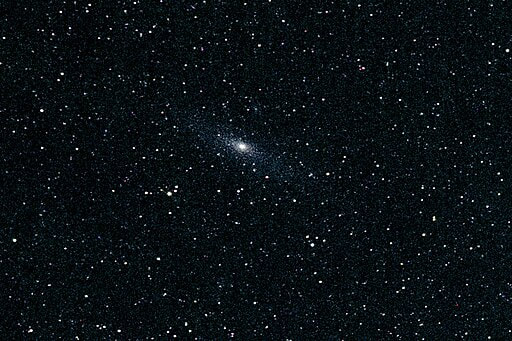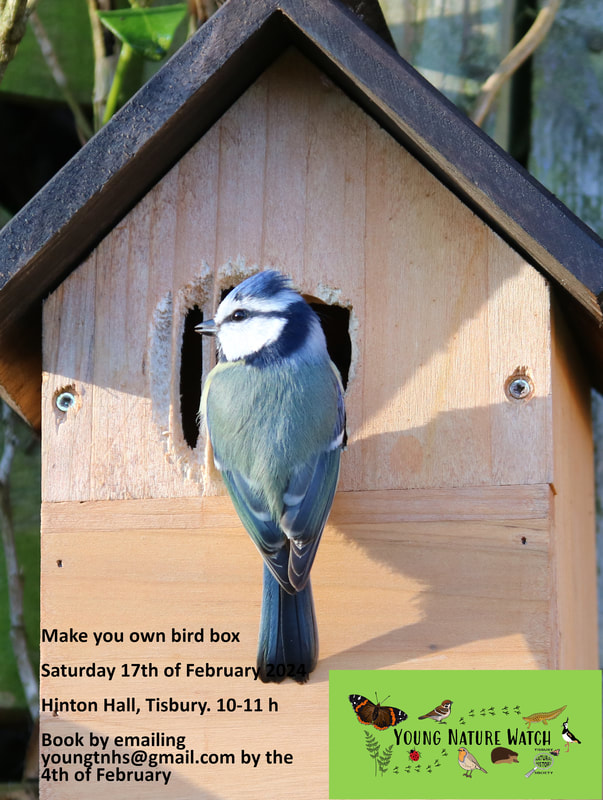|
In May, we will have a newt session, planned for 5pm on Saturday May 4th. This session will be in Chapmanslade and numbers will be limited to a maximum of 12 people, so it’s a first come, first served basis.
If you are interested in joining, please get in touch and we will email you back to confirm the details. Our activity in April is a leaf identification competition. This will be on Saturday 6 April between 11am-12.30 pm at the Tisbury Community field.
Participants will be sent on a hunt for tree and shrub leaves within a piece of land, learning about our native flora - and their special relationship with butterflies and moths - with our in-house expert Peter Shallcross. There will be a reward for the fastest participant that completes the leaf challenge! So far the weather forecast for the day looks good, crossing fingers it stays that way. If you would like to join, please get in touch! Unfortunately, due to the stormy weather we need to cancel this event. We shall let you know if we are able to put it on at another time.
The Young Nature Watch event for March is Stargazing with Steve Tonkin, an expert in astronomy from Cranborne Chase National Landscape on Thursday March 28th, at 7.45pm at Dinton Park. The sun will set at 18.28 that night, however it will not be truly dark until after 8pm and the stars will be best seen after then but it is the night before Good Friday and so you could have a lie in the following morning if this is past your usual bedtime!
Wrap up warmly and bring a torch as the car park will be dark (there will not be a moon shining to guide your way!) and the surface is uneven. If you have binoculars or a telescope, bring those along too. The What3Words location is hoofs.funds.branched, the postcode is SP3 5HH. We will meet in the car park and then walk onto Dinton Park to get a good view of the night sky. If you would like to come, please book a place by letting us know your name and a contact number by March 14th on the Young Nature Watch email or via the main contact form, to enable us to make sure that we have enough expert volunteers and that we can contact you in case of bad weather. This event is free for anyone under 21 years of age and anyone aged under 12 years will need an adult to accompany them. Let's hope for a starry, starry night. Registrations for our bird box workshop this month are now closed and we have ordered the materials for those who have expressed an interest. We are looking forward to this event on Saturday the 17th.
Following our AGM yesterday, our new programme for the remainder of the year and early next year is now published. You can download it as a PDF. In January 2024, our Young Nature Watch activity took on a different guise: we set a competition for our members, to photograph a flower, au naturel between 30th December and 2nd January. This was in conjunction with the Botanical Society of Britain and Ireland’s annual flower hunt.
We were delighted to receive several entries from around the area. These were collated and submitted to BSBI as a group entry. The winner of the under 10’s competition was Rose McLean for her super photo of some catkins, trembling in the breeze and shedding their pollen. Well done, Rose, we shall be in contact soon to hand over your prize, and thank you to all those who entered. Emma Procter Our next event is a make your own garden bird box workshop, at 10 am on Saturday the 17th of February, Hinton Hall. There are three different models of boxes from which you can choose: small hole (25mm), medium hole (32 mm) and square opening, all of which are chosen by different types of birds to nest in.
You will build your own bird box (or boxes) during the day, and find out which is the best location where you can place it to observe birds safely. You will be able to take your box home and decorate as you wish before placing it in your favourite outside space. As in previous occasions, the society will subsidise half the cost of the materials, so you will be asked for a donation of £7 per nest box to cover the remainder. If you would like to join, please get in touch by the 4th of February, indicating how many people will be attending in your group and how many boxes you would like to build, and if you have any preference as to the type of hole, so we can order the necessary number of kits. Calling all Young Nature Watchers!
It is competition time. Do you get a bit fed up between Christmas and New Year? The grown-ups seem to spend a lot of time snoring and you’ve enjoyed all of your presents. We may have the solution! Every year, the Botanical Society of Britain and Ireland has a New Year Plant Hunt. This year it will run from December 30th 2023 until January 2nd 2024. During that window of opportunity, you should go outside with your family and friends and try to find and photograph any flowers that are blooming. When you get home, try to identify your finds and send us your photos. We will collate all of the entries and submit them to the Botanical Society as a group entry. There will be prizes available for people aged under 10 and those aged 10 – 21 years so please let us know your name and age and a way to contact you or your family when you submit the photograph. We will try to display all entries on our website. Good luck and happy flower hunting! This December we are having an animal track ID workshop, this is on Saturday the 2nd of December at 2pm.
We will go on a little walk in the local area in search of footprints, feeding remains, scrapes... If you would like to join, please get in touch for further details. |
Young Nature Watch (YNW) is a branch of the Tisbury and District Natural History Society (T&DNHS).
YNW is free for under-21s! Young people always have priority at any of our activities but accompanying adults are required for under-12s. For adults, annual membership for the T&DNHS (£10) or a £2 fee per event (for non-members) is due. Download our annual programme below!
Join our mailing list to be the first to hear about our events! You can also follow us on:
YNW logo design by Izzy Fry.
Categories
All
Archives
April 2024
|
||||||
Proudly powered by Weebly




 RSS Feed
RSS Feed